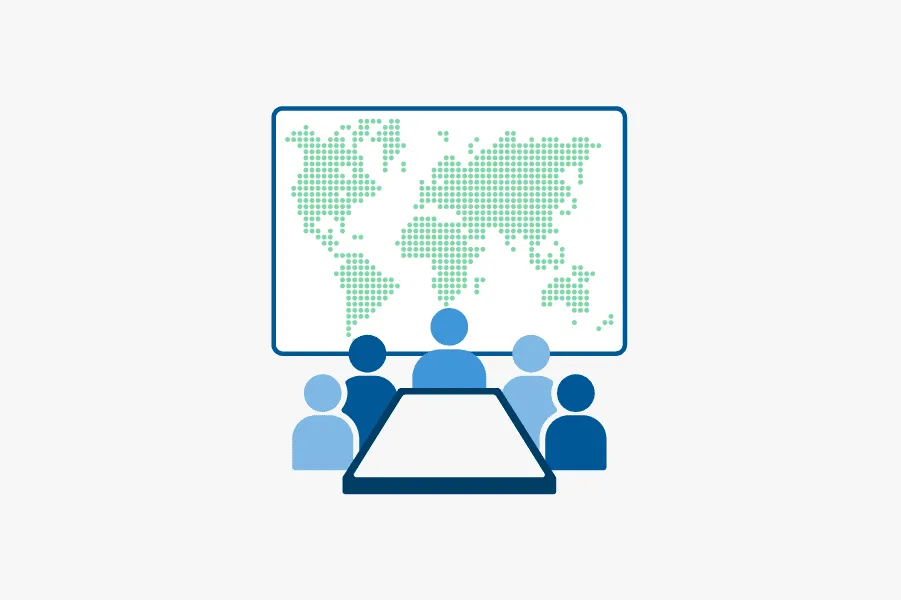Talking Fake News and Future Threats With the Cybersecurity Community

On January 22, 2019, I had the pleasure of spending a day in Davos, Switzerland at the second annual Cyber Future Dialogue Conference, joined by some great people from the cybersecurity community. The event, organized by the Cyber Future Foundation and co-located with (but not part of) the World Economic Forum, brings together practitioners, researchers, and policy makers, providing a platform for discussing future challenges in the broad field of cybersecurity.
This year’s topics included:
- Systemic cyber threats and resilience
- The standardization of cyber education globally to meet the competence shortage in the industry
- Cyber risk qualification, quantification, and mitigation
- How public and private civil society engagement can lead to the eradication of cybercrime and criminalizing offenses, and bring cybercriminals to justice
- Information reliability and fake news
- A cyber program blueprint series, learning from leaders and practitioners on cyber programs in practice
I participated in a panel on information reliability and fake news, which touched on points such as how to define and detect fake news, as well as how to identify and thwart influence operations that are using fake and hyper-partisan news to affect everything from the outcome of elections to share prices of major companies. The topic is, as you may have guessed, incredibly complex and nuanced — and passionately debated by our cohort.
Diving Deeper
We discussed how the phenomenon of fake news is influencing legislation, and the risk of some governments using the battle against fake news as an excuse for introducing legislation that can be used to restrict freedom of speech. Complicating matters further, social media companies are responding to requests from their users to protect personal integrity, but this also makes it more difficult for third-party organizations to detect and flag ongoing influence operations. And in case that wasn’t enough, we looked toward the future, and the possibility of AI-based technologies for image and video manipulation making the creation of sophisticated fake news cheaper — and detection much more difficult.
But there is hope and promise. Technologies like cryptographic signatures and blockchains will offer new opportunities for certifying both the sources and content of news. As I noted in my concluding remarks, influence operations have existed long before the internet, and will continue to exist both in the physical and virtual world. Technology provides new tools and weapons — both for the good and the bad side — and this battle will continue!
Looking Forward
Events like the Cyber Future Dialogue Conference, where the community can meet and discuss not only urgent problems, but also longer-term challenges, are essential. Future challenges related to digital risk cannot be met with technology alone — to successfully solve them, we also require investments in education, legislation, and policies. Meetings, discussions, and the formation of a common understanding between researchers, technologists, practitioners, educators, legislators, and policy makers are essential to tackling these problems.
The Cyber Future Foundation has identified this need and done a great job of bringing together a group of people with a passion for attacking these tough problems together. As one panelist put it: “The bad guys talk and share information – we must do that too!”
One good opportunity to continue this discussion is at the Kaspersky Security Analyst Summit in April where I’ll be talking about troll hunting using behavioral analytics, so come join the discussion! And to learn more about how Recorded Future can help organizations understand and prevent threats, request a personalized demo today.
Related